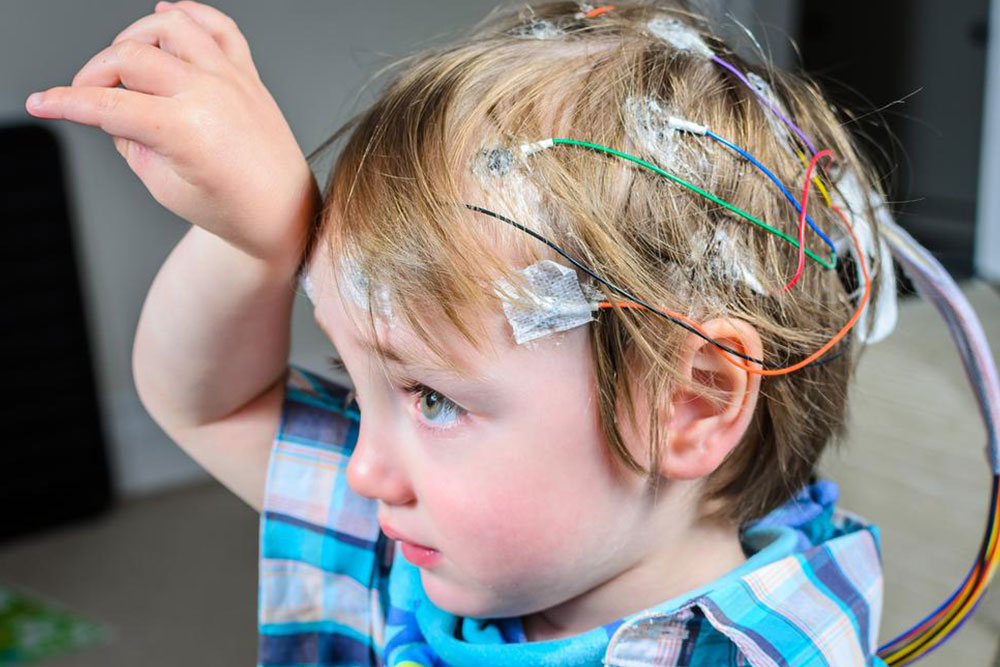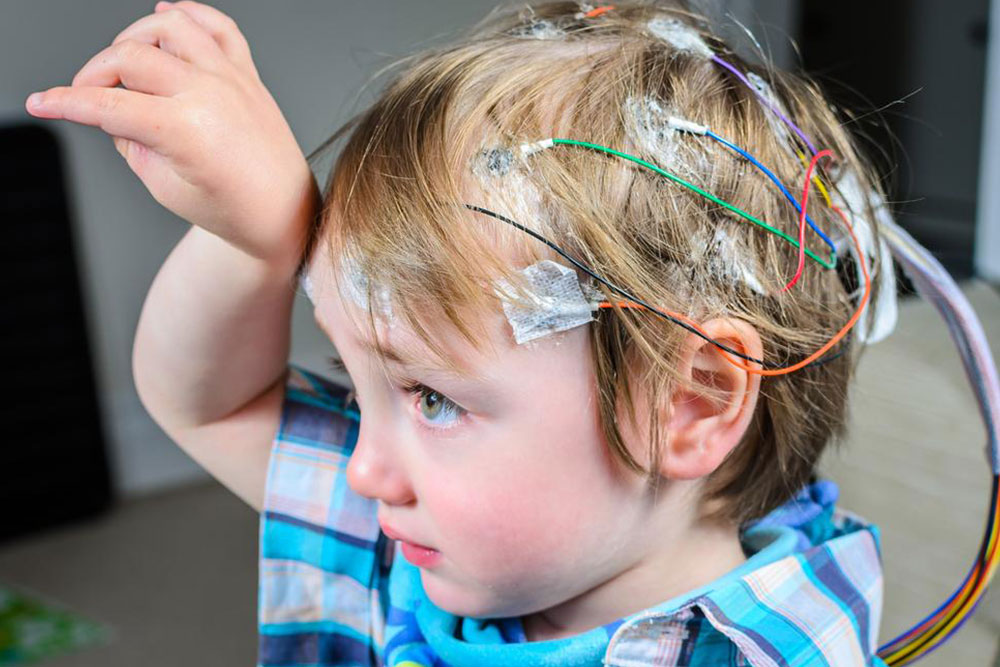Essential Guidelines for Helping Someone During a Seizure
Learn essential steps to assist someone during a seizure. This guide emphasizes maintaining calm, ensuring safety, and providing comfort to protect and support individuals experiencing epileptic seizures effectively.
Sponsored

Epilepsy affects many individuals, leading to unpredictable seizures that can cause emotional and physical distress. The disorder disrupts brain signals, resulting in sudden convulsions. While seizures can be alarming, proper response can significantly reduce injury and discomfort. Offering support not only safeguards the individual but also provides reassurance during a challenging event. Here are key steps to properly assist someone experiencing a seizure, ensuring safety and comfort throughout the process.
Maintain calm – Stay composed to effectively assist the individual. Though seizures may seem intense, they are typically not life-threatening. Panicking can hinder your ability to help and worsen the situation. Keep a calm demeanor to provide stable support.
Monitor the duration – Keep track of how long the seizure lasts. If it exceeds a few minutes, seek emergency medical assistance promptly by calling an ambulance or visiting a hospital.
Clear the area – Remove nearby objects or move other people away to prevent accidental injuries. Creating an unobstructed space helps the person feel less confined and reduces injury risk.
Avoid putting objects into the mouth – Never insert objects into the person's mouth, as it can cause choking or oral injuries. Allow the seizure to run its course without interference.
Safeguard from harm – Gently support the individual to prevent falling or hitting surrounding objects. Do not restrain movements but help guide them to a safe position, preferably on the ground to lessen injury impact.
Loosen restrictive clothing – Loosen tight clothing around the neck and waist to ease breathing. After the seizure subsides, help the person sit in a safe place and recover.
Offer reassurance and assistance – Once conscious, the person may feel confused or embarrassed. Reassure them and stay nearby until they regain full control and feel safe.





